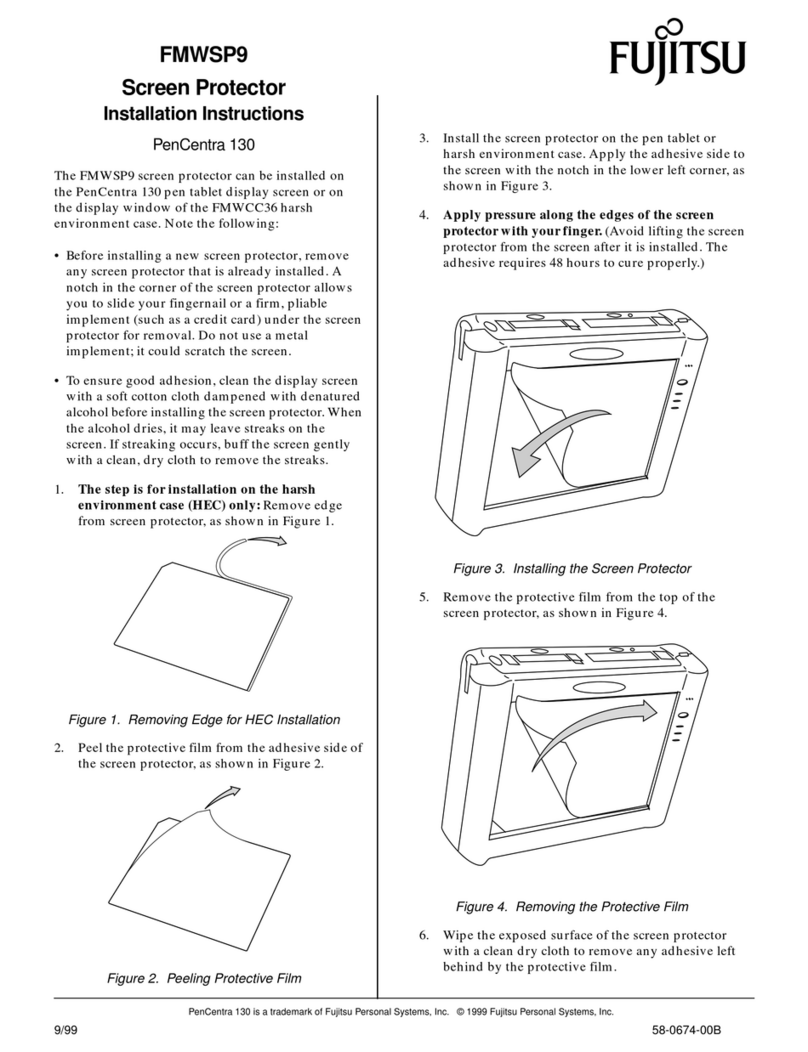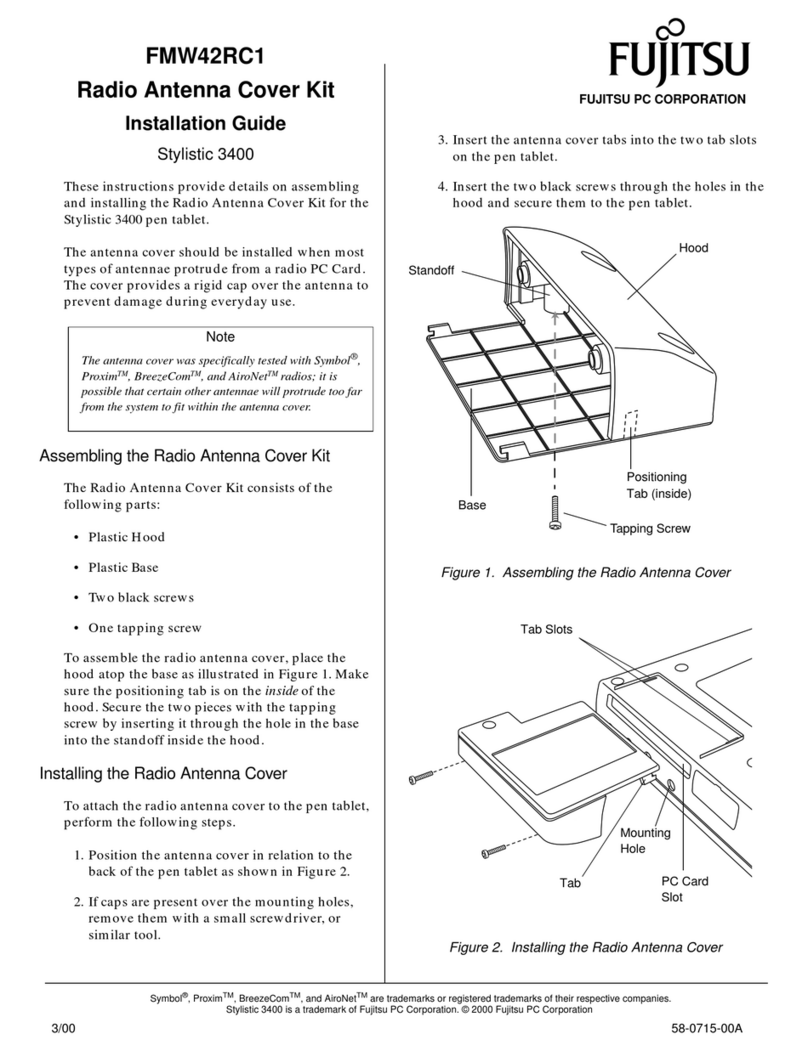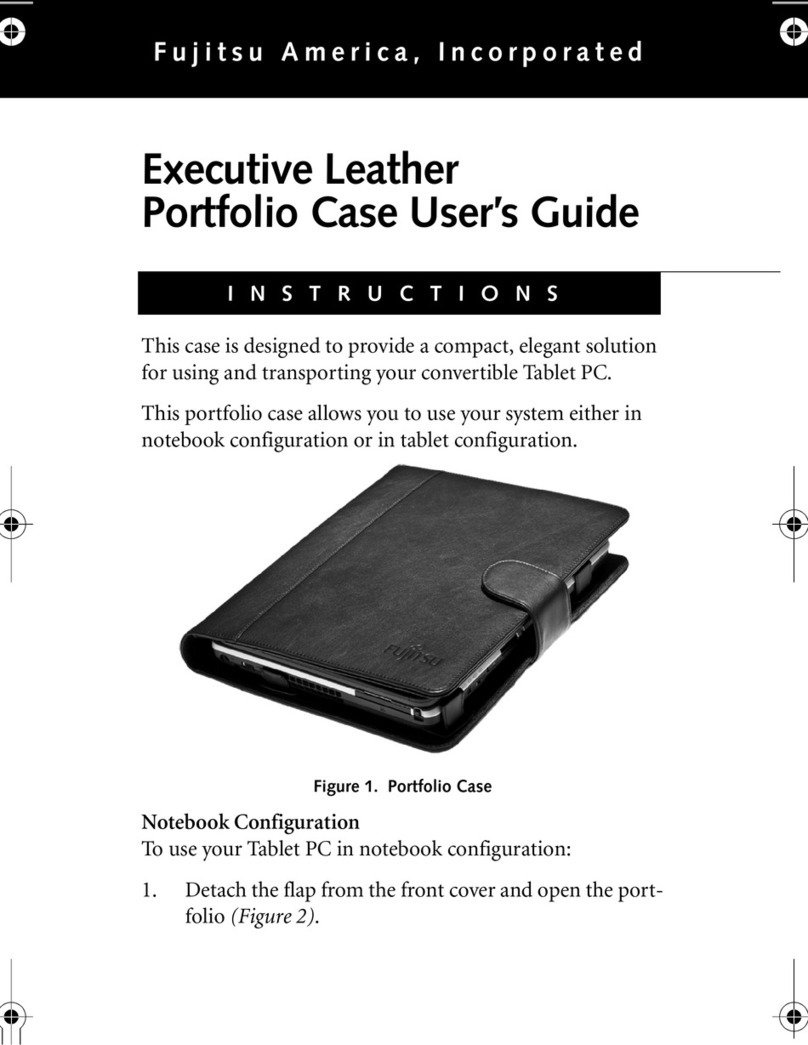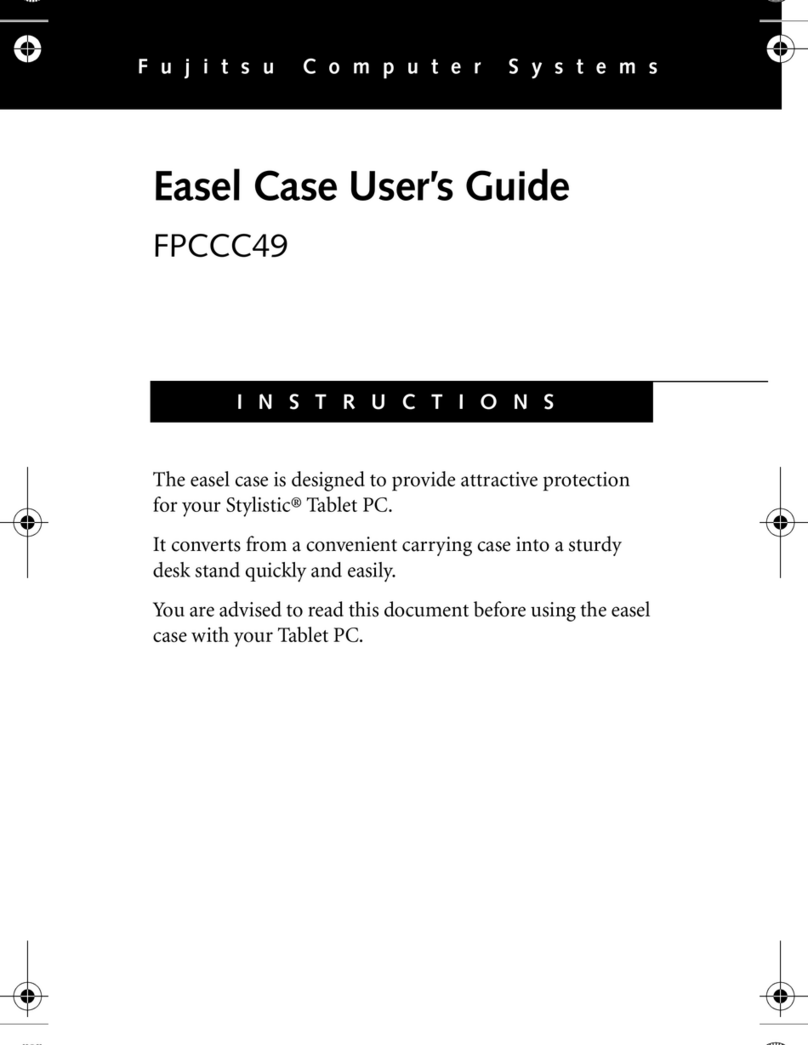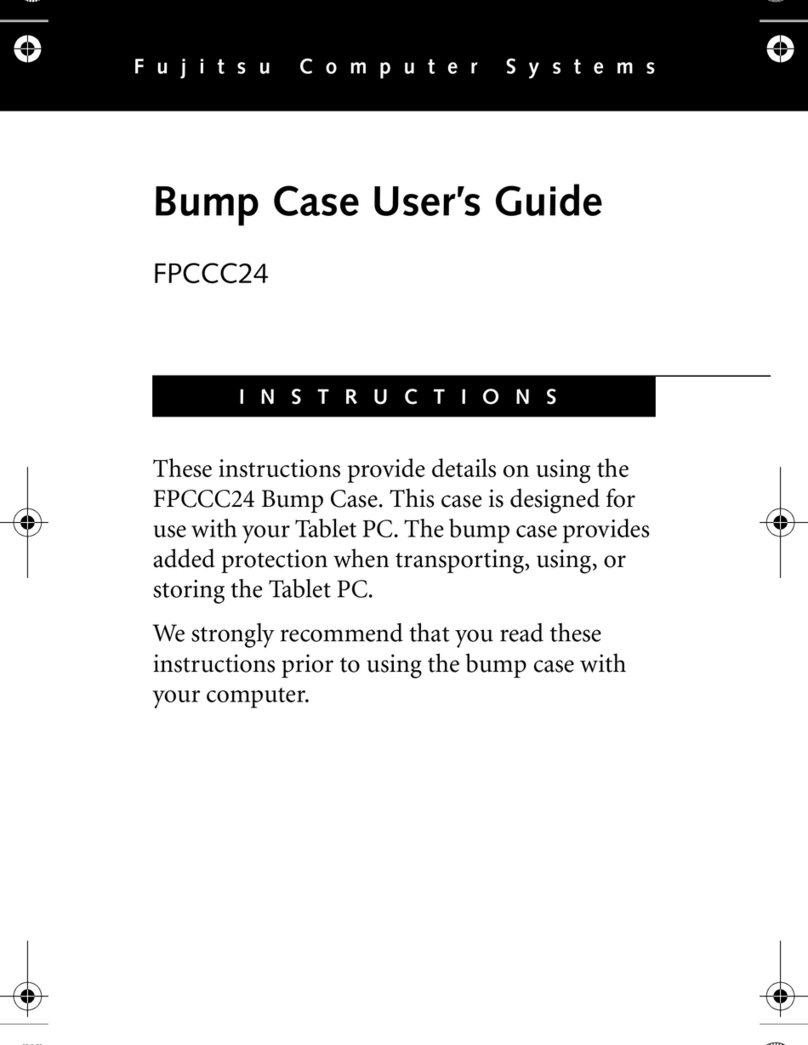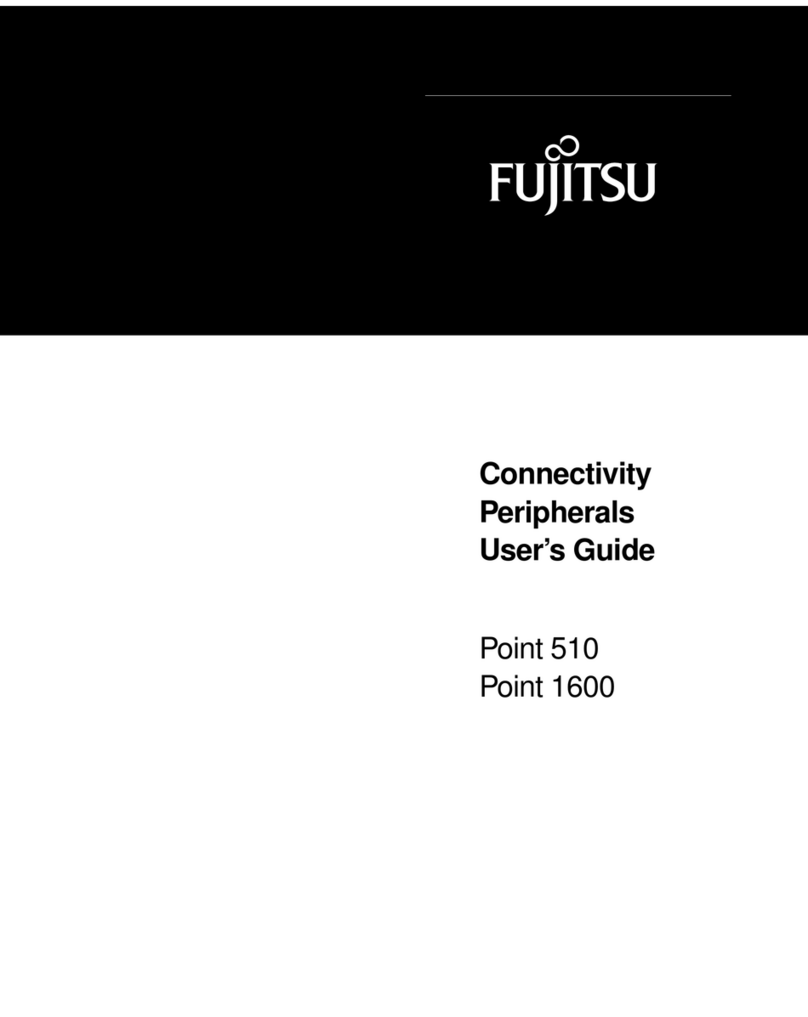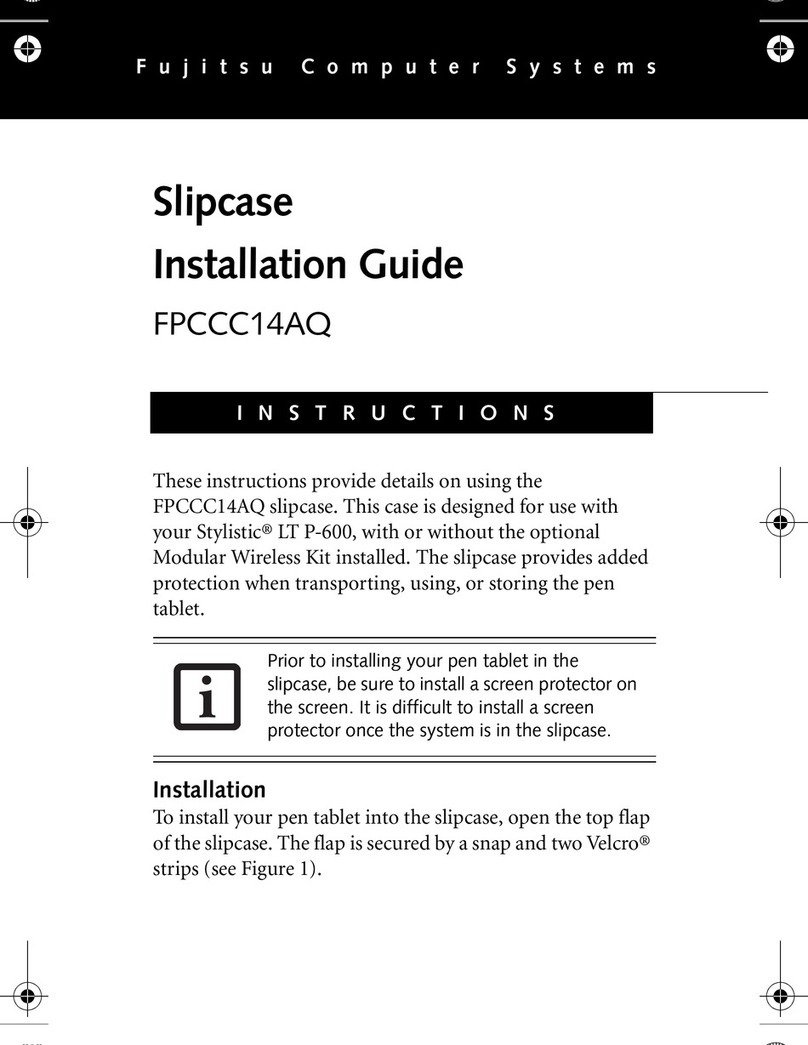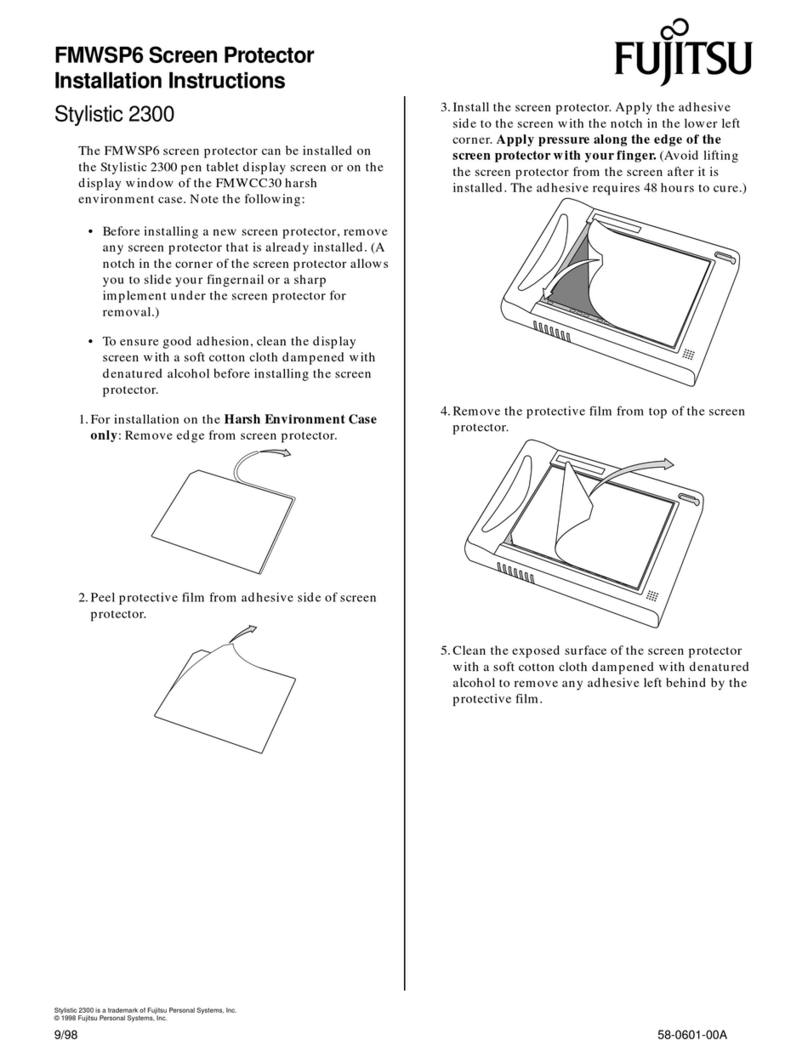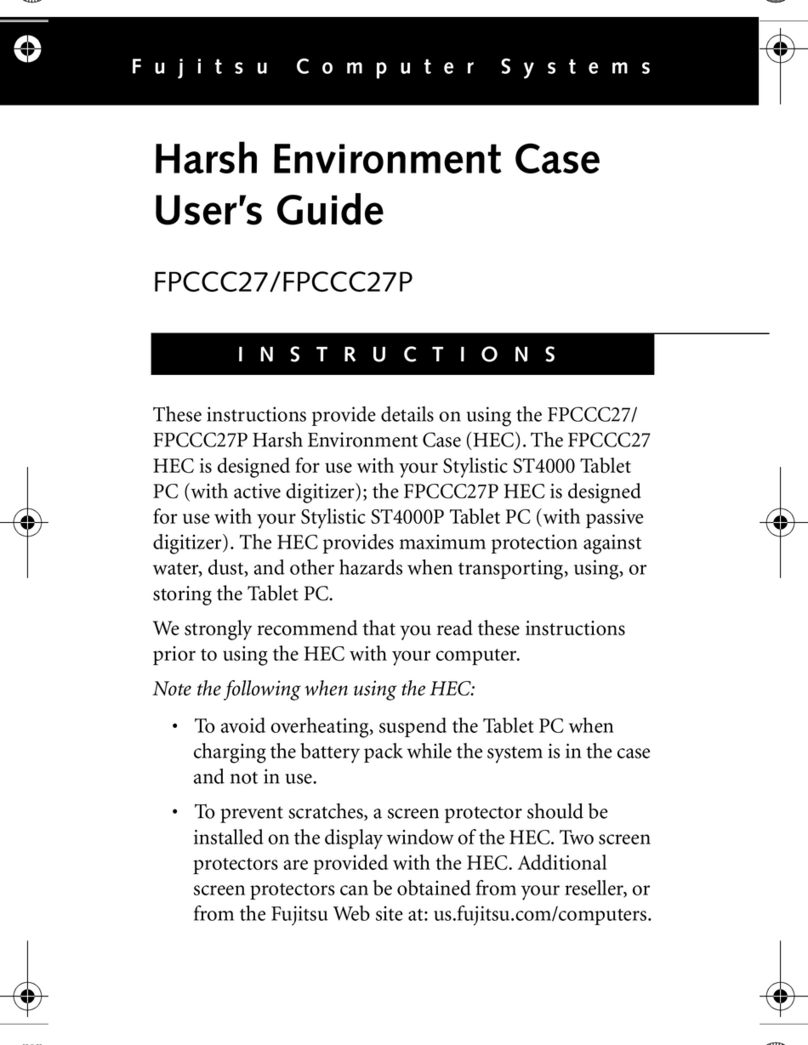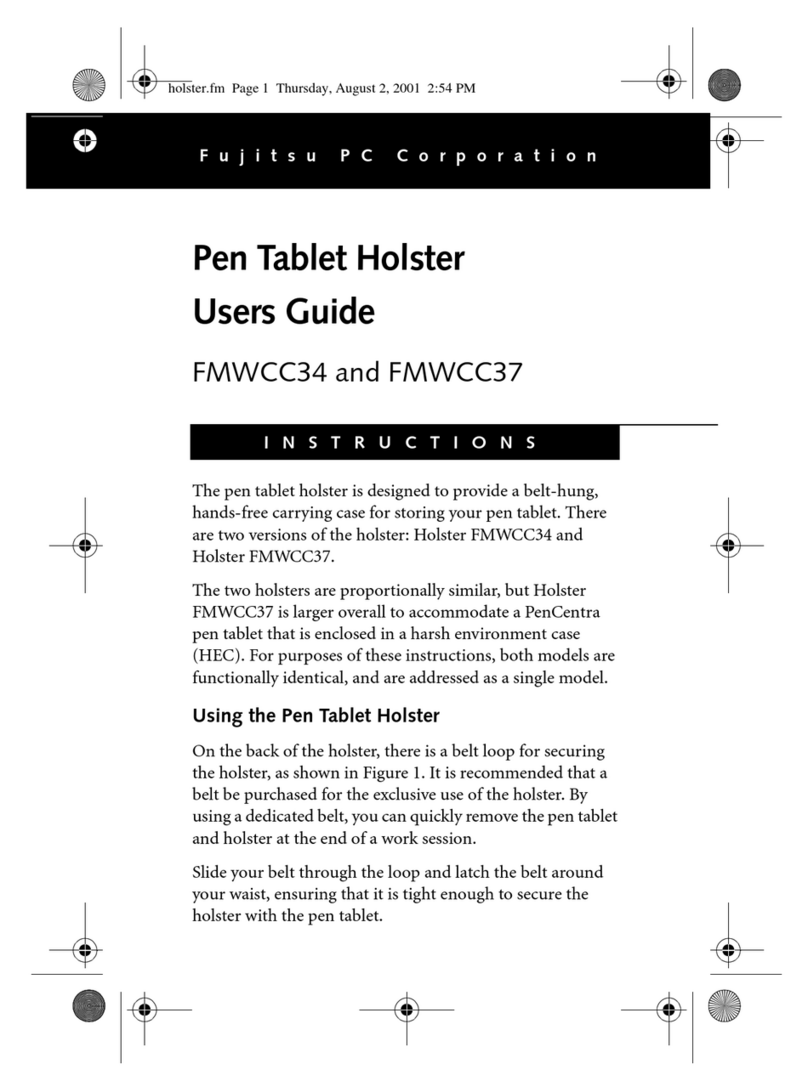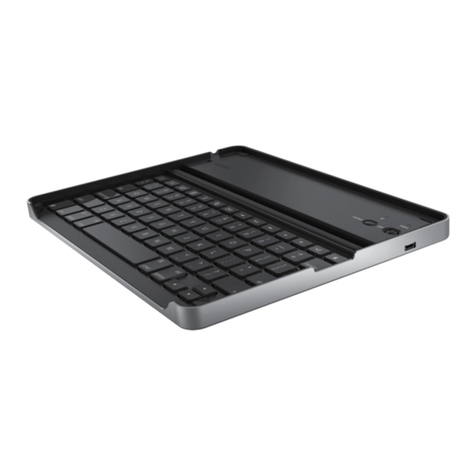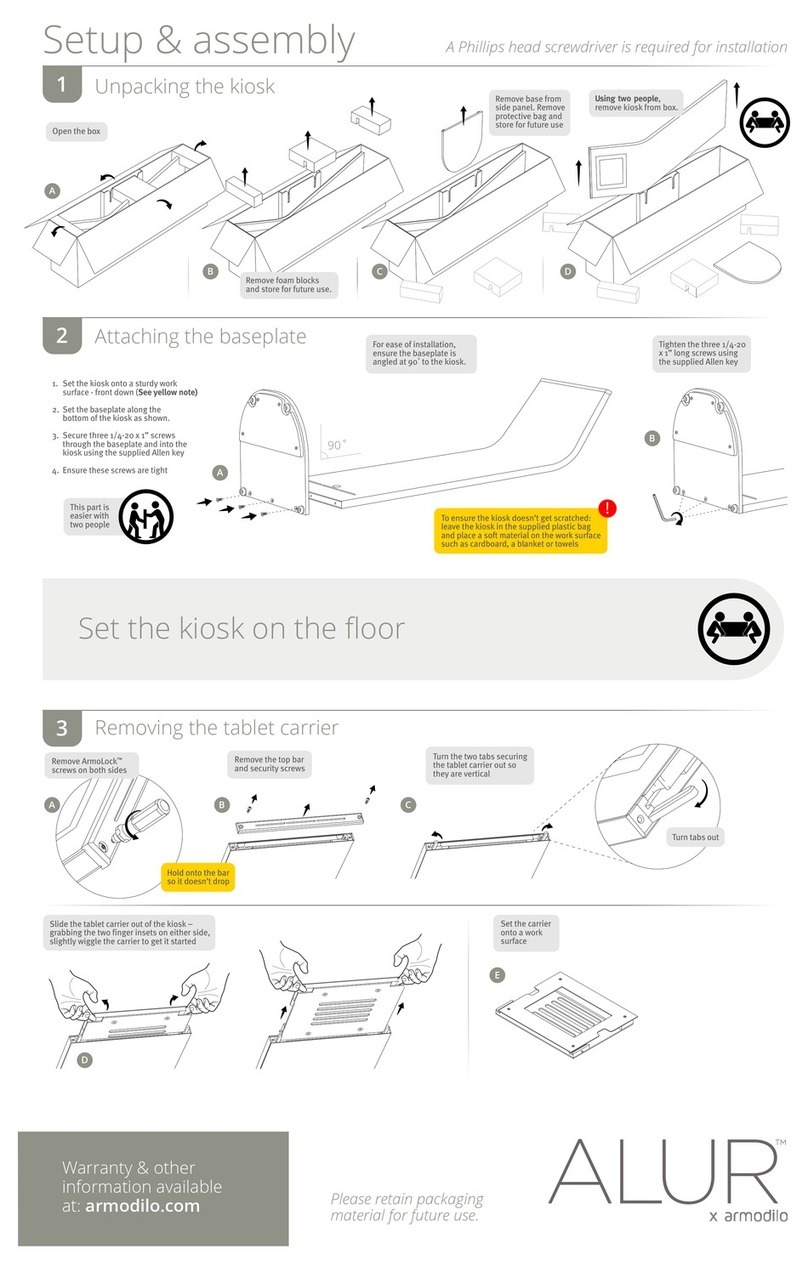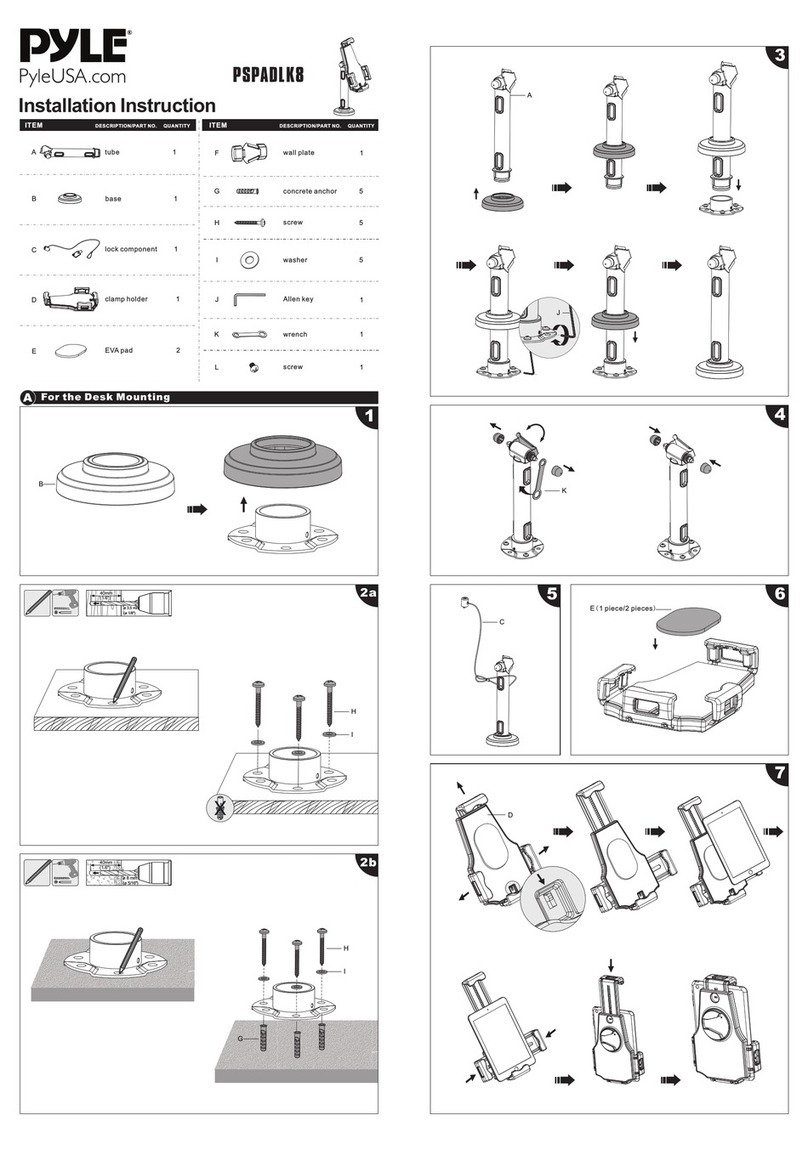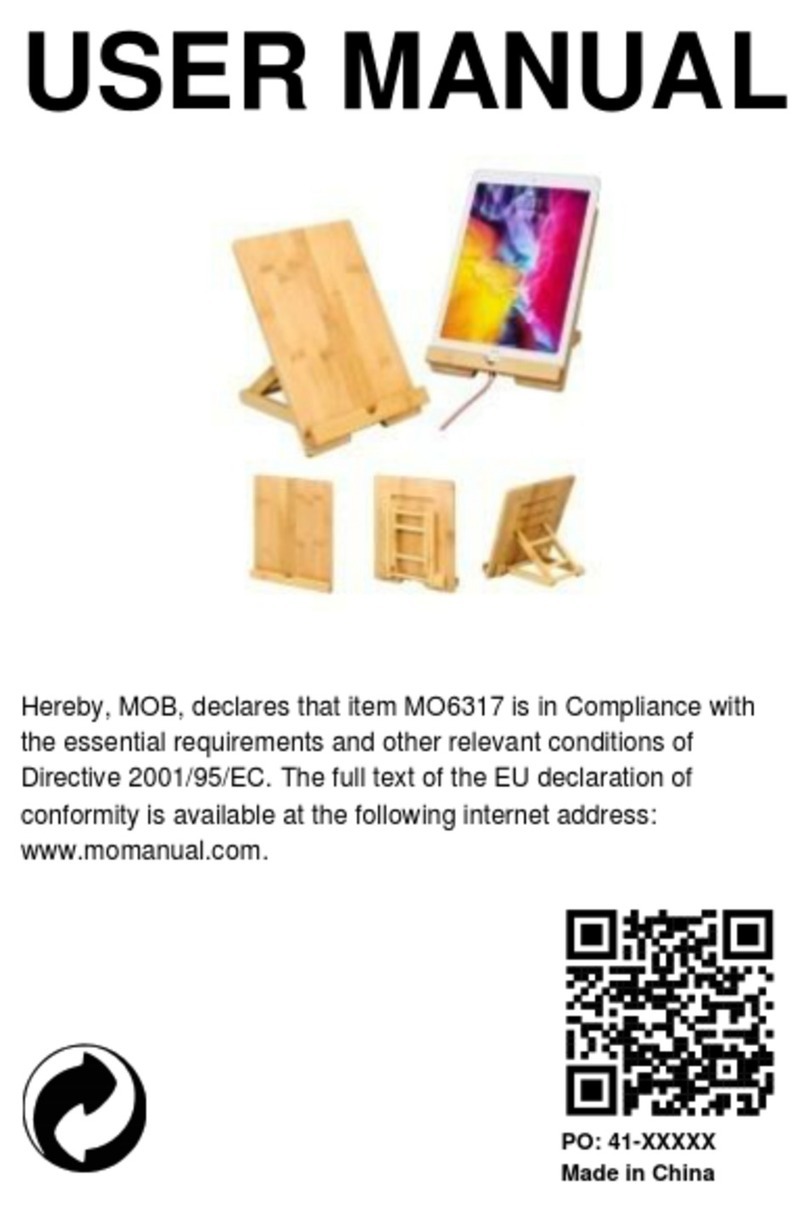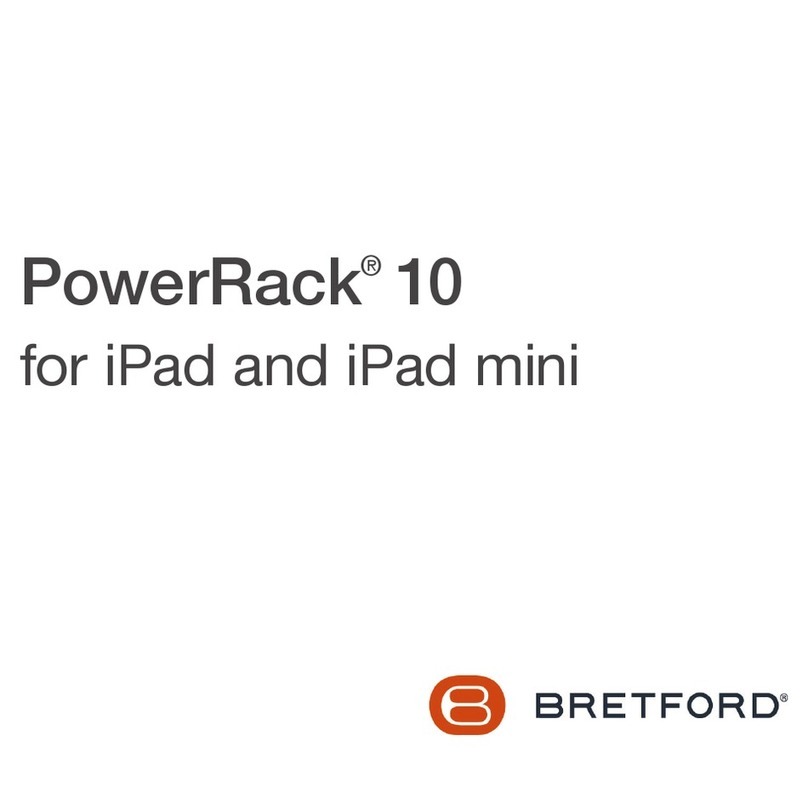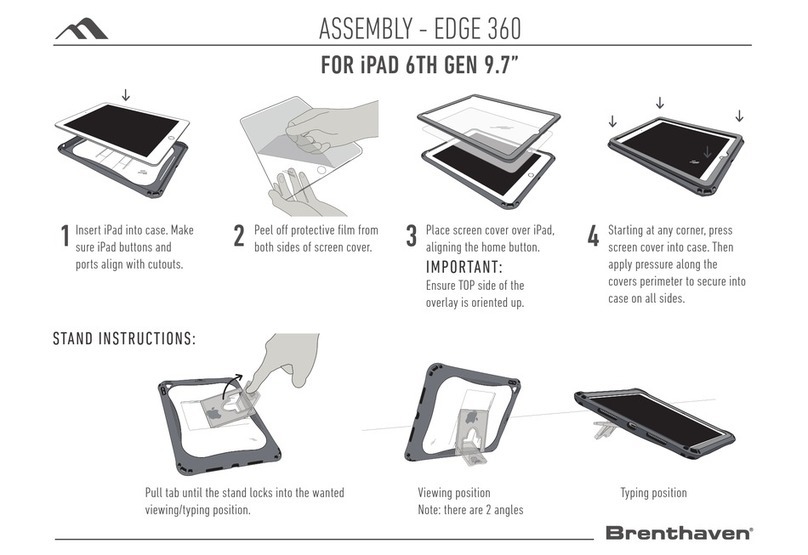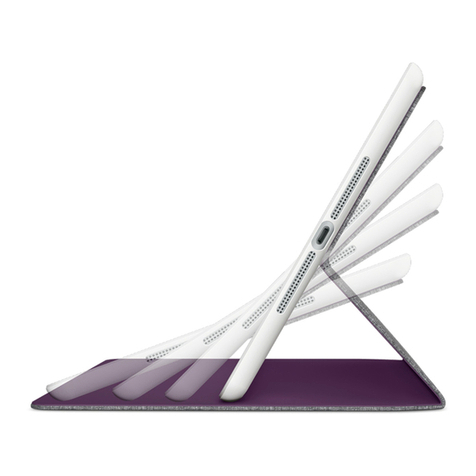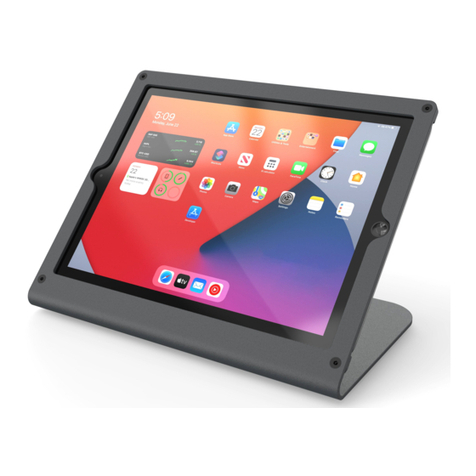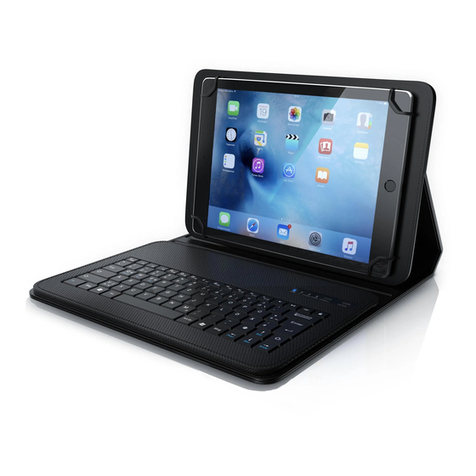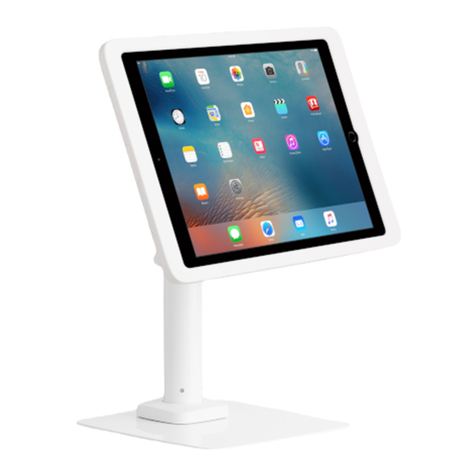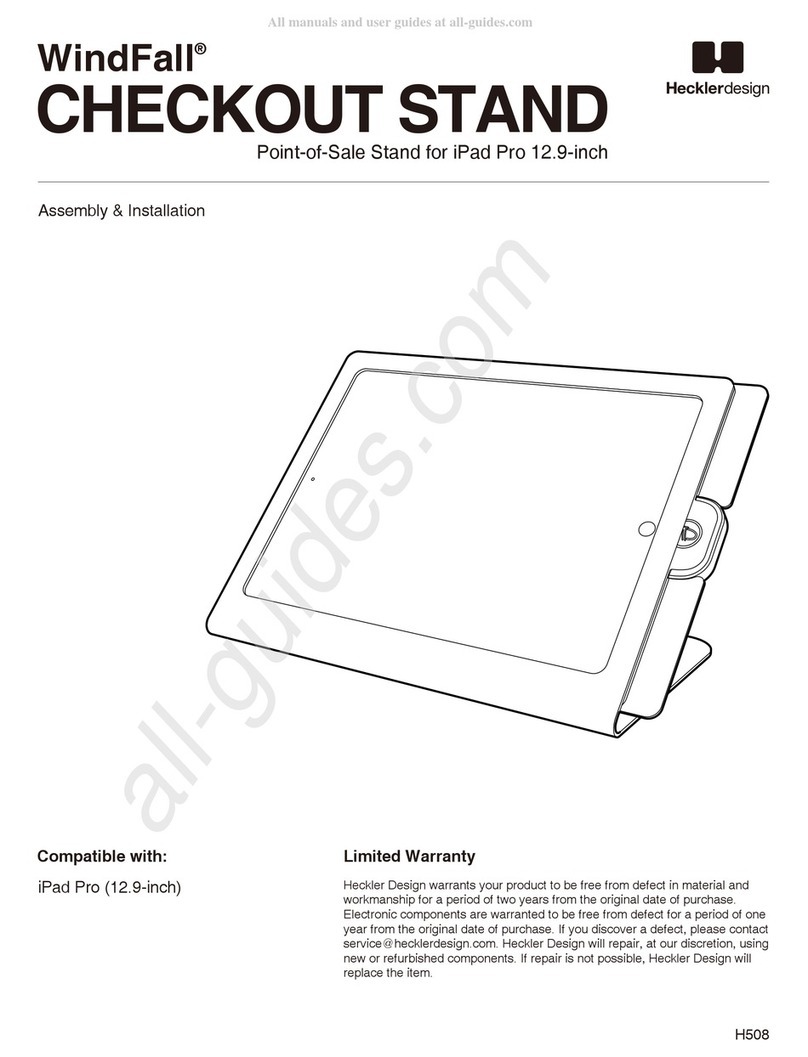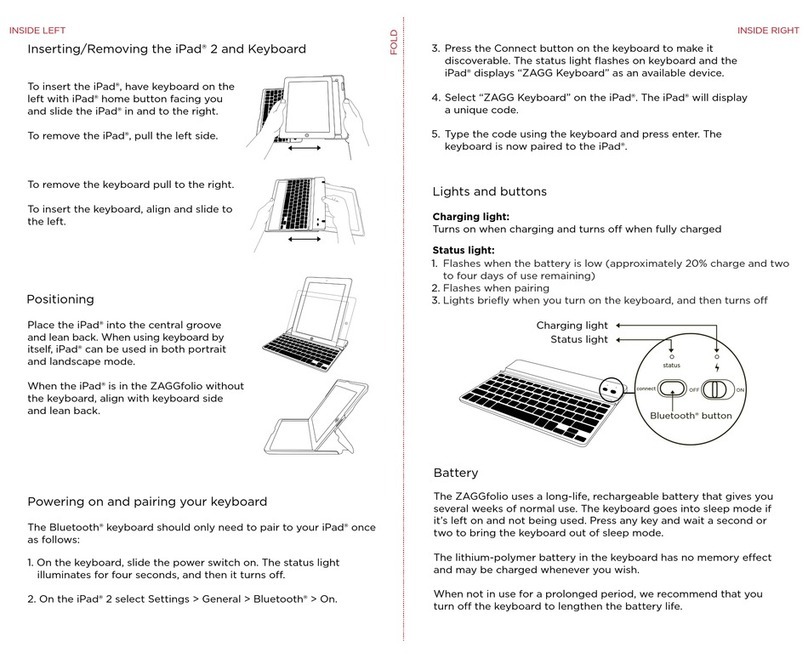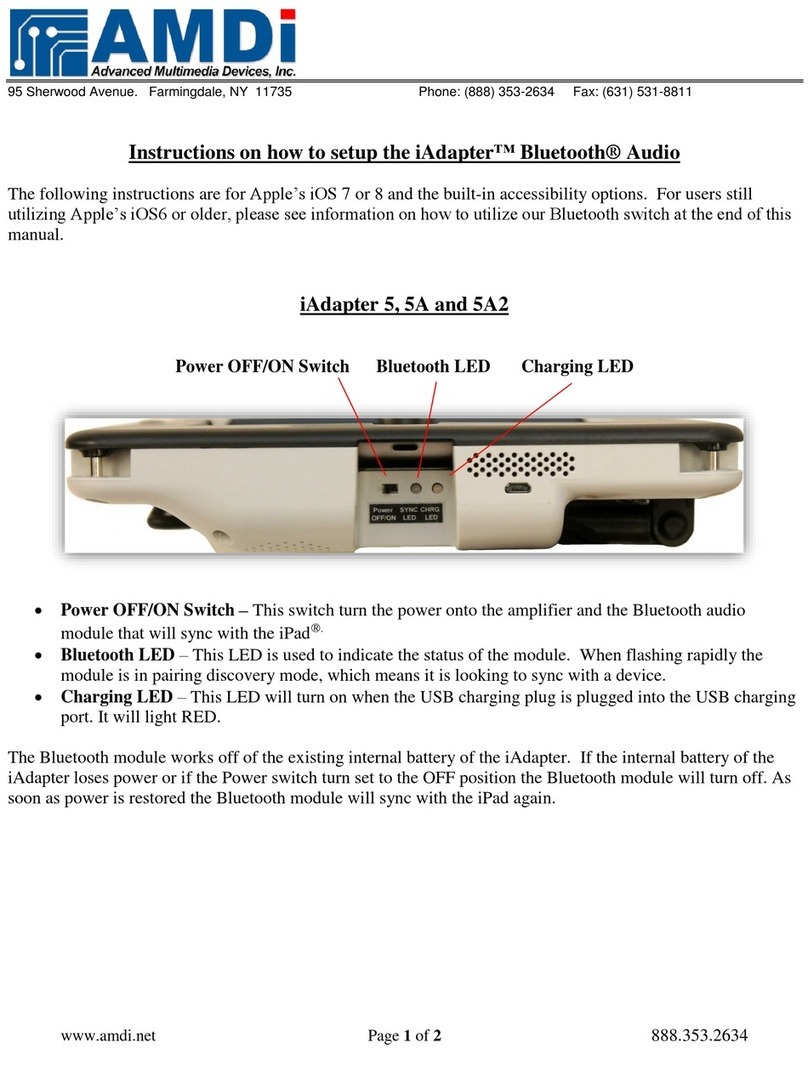v
Table of Contents
About This Guide .............................................................................................................................. vii
Organization....................................................................................................................................................... vii
Chapter 1
Introduction to Connectivity Peripherals .......................................................................................1-1
Cradle Module ................................................................................................................................................... 1-3
The Portable Port Expander .............................................................................................................................. 1-3
Port Replicator................................................................................................................................................... 1-4
High-Usage Cradle ............................................................................................................................................ 1-4
High-Connectivity Cradle.................................................................................................................................. 1-5
Wall-Mount Cradle............................................................................................................................................ 1-6
Charge-Only Cradle........................................................................................................................................... 1-6
Chapter 2
Assembling and Installing Connectivity Peripherals .................................................................... 2-1
Portable Port Expander ..................................................................................................................................... 2-1
Removing the Latch and Spacer (For Installation in Cradle Module Only).......................................... 2-1
Connectors ............................................................................................................................................. 2-2
Assembling the Port Replicator......................................................................................................................... 2-3
Attaching the Feet.................................................................................................................................. 2-4
Attaching the Wire Catch ...................................................................................................................... 2-4
Connectors ............................................................................................................................................. 2-5
Using the Folding Desk Stand............................................................................................................... 2-7
Assembling the High-Usage Cradle .................................................................................................................. 2-8
Installing the High-Usage Cradle ...................................................................................................................... 2-12
Assembling the High-Connectivity Cradle........................................................................................................ 2-14
Installing the High-Connectivity Cradle............................................................................................................ 2-17
Installing the Wall-Mount Cradle...................................................................................................................... 2-19
Required Tools and Hardware............................................................................................................... 2-19
Testing the Wall-Mount Cradle After Installation................................................................................. 2-28
Connectors ............................................................................................................................................. 2-29
Installing the Charge-Only Cradle..................................................................................................................... 2-30
Confirming External Power Is Supplied............................................................................................................ 2-31
